It was the ultimate showdown between good and evil – a war that had to be fought to the death and won at any cost. Seventy-five years on the once unimaginable repercussions are still with us.
It is one of the most joyous moments ever filmed — black and white footage of a lithe and dapper young man in a three-piece suit dancing before a movie camera strapped to a tram trundling through Sydney’s city streets.
He raises his hat and twirls before the cine-camera operator with such a flourish it’s as though he’s part of some choreographed Hollywood musical.
Around him the ground is strewn with streamers and confetti where Australian sailors and soldiers wander into view — two girls smile, giggle and point toward his unexpected, exuberant performance.
PART TWO: How Hitler played Aussie PM
PART THREE: Ordinary Aussies answer call to arms

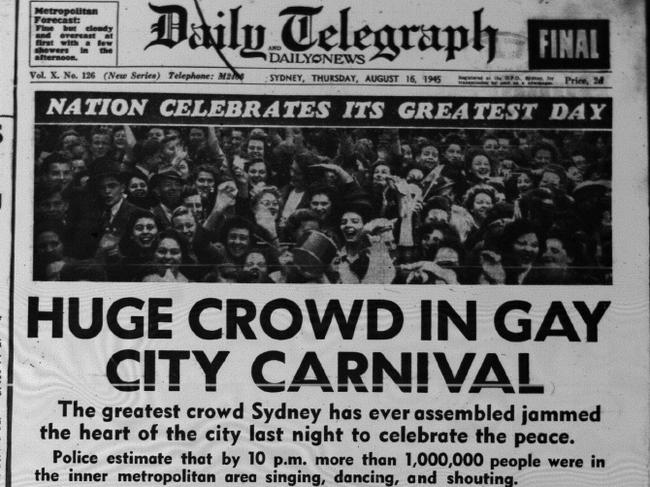
There is something about this scene that exudes pure jubilation — something beyond festive where an individual, for some particular reason, suddenly felt compelled to dance in the street.
The dancing man in Sydney personified the elation, the relief — the full stop — of six long, terrible years of global war.
Next weekend will mark seventy-five years since the end of WWII — a war in which almost one million Australians served and some 39,000 lost their lives.
Tens of thousands of Australians were taken prisoner, were wounded or injured during their service.
Those six years were a pivotal moment from which our lives have been shaped irrevocably — the war changed the shape of entire nations, determined paths for the future of world politics, health and technology — its influence and repercussions are limitless.
It is unquestionably the most significant event of the twentieth century.
Today the names of places unheard of prior to WWII are bywords for suffering, hardship, cruelty and sacrifice on a phenomenal scale: Dunkirk, Auschwitz, Tobruk, Pearl Harbour, Stalingrad, Kokoda, Midway, Guadalcanal, Normandy, Hiroshima.
From the North Sea to the deserts of North Africa, from the highlands of New Guinea to the streets of Paris, from the depths of the ocean to the skies above England, from the ice-bound steppes of Russia to the bloodstained sands of Pacific islands, this war tore the world apart.
WWII brought to a head the simmering unfinished business of the previous cataclysmic war of 1914-1918, some 21 years later unleashing terror and violence on an unprecedented scale, its toxicity inveigling its way to even the most far-flung corners of the world.

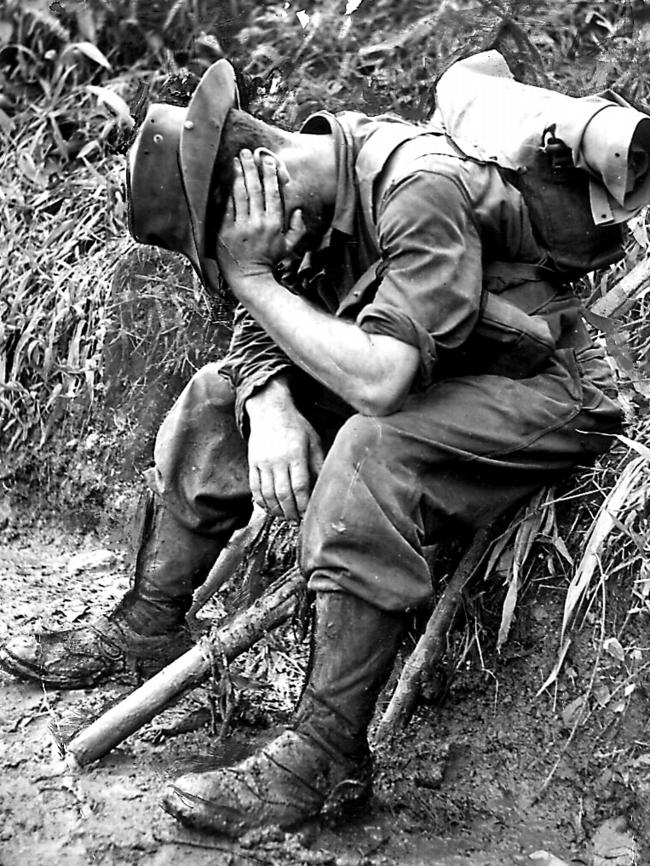
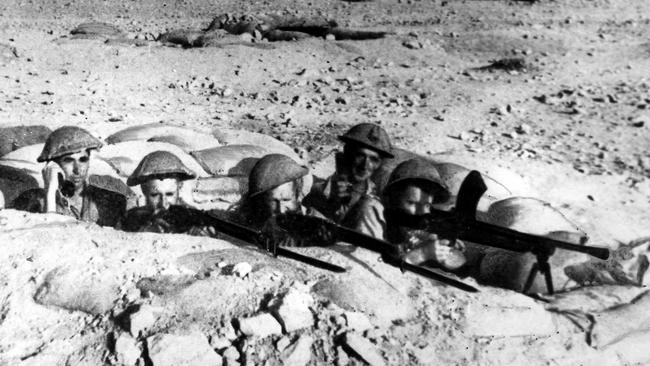
These six tumultuous years from 1939-45 saw the deaths of some 85 million people — yet the impact of every single death had consequences for anyone connected with the victim — other survivors, family, friends, colleagues, acquaintances.
The war was indiscriminate as to whom it would kill or disfigure — countless sailors, soldiers, airmen, women, children, the aged.
And to what it would destroy — families torn apart, villages obliterated, whole cities razed to the ground, centuries old irreplaceable treasures lost forever.
And of course, one if its truly horrifying hallmarks were the incorporation of meticulously documented state-sanctioned genocide, performed with ruthless efficiency.
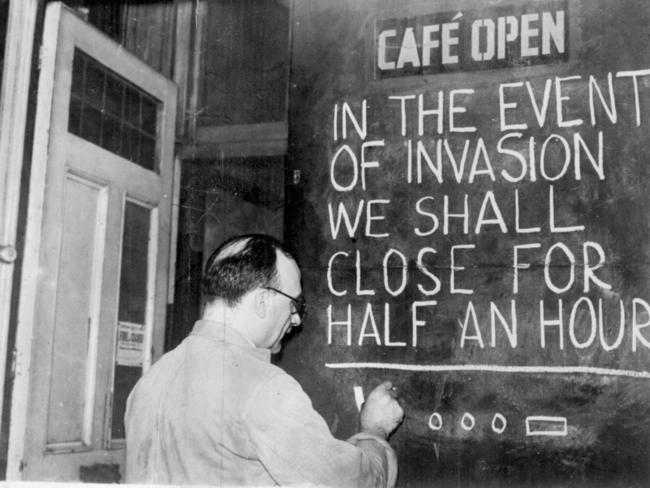
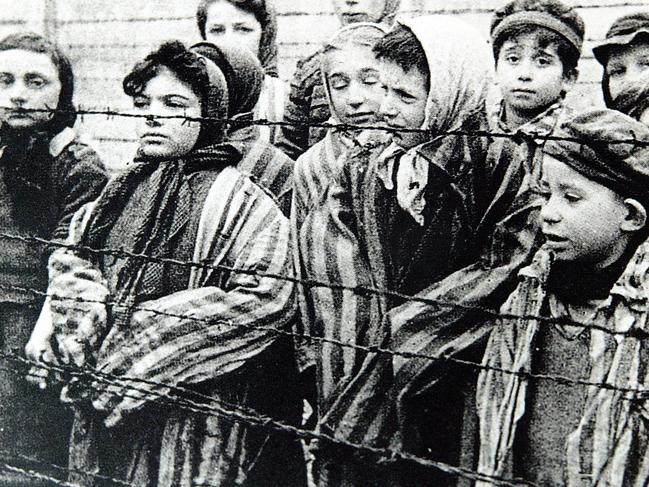
Yet in the years between 1939-45, the world was forcibly pushed from a grim, ten-year economic Depression into a previously unimaginable modern era — whether good or bad.
Up until WWII things we take for granted today would have been considered science fiction.
The speed of technological progress within those six years was nothing short of astonishing — from horse cavalry tactics at its start to the detonation of the atomic bomb at its close, the swift progression from biplanes to jet aircraft, rocket technology that would ultimately put a man on the moon, victory at sea achieved solely from aircraft launched from giant carriers, the widespread use of life-saving penicillin, electro-mechanical computers, the introduction of radar, the establishment of the United Nations.
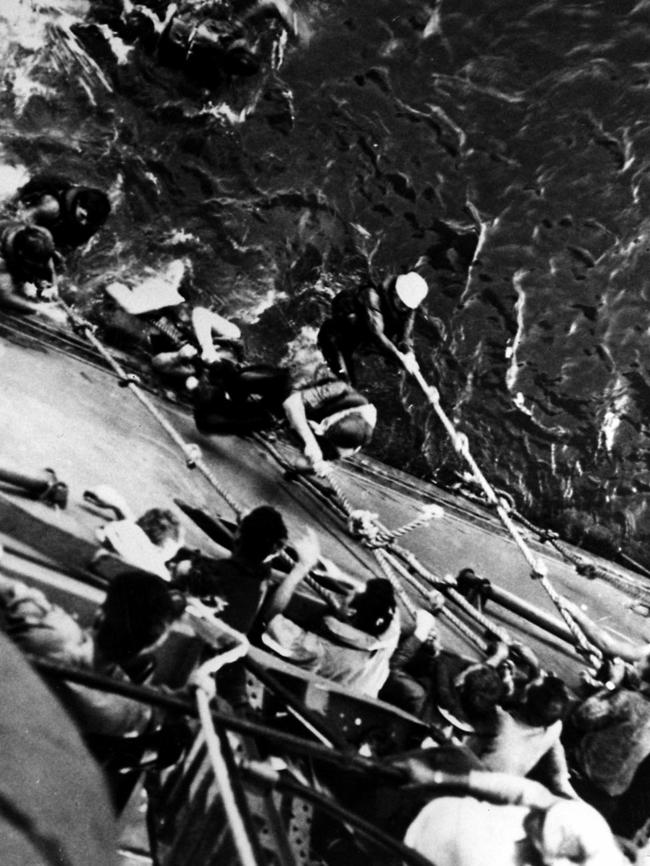

Today our robust relationship with the United States is a direct result of the close partnership during WWII — and today’s Five Eyes partnership of ‘like-minded’ allies — Australia, New Zealand, Great Britain, the United States and Canada – can trace its lineage back to our strong wartime alliances.
And of course, the war’s end unveiled an uneasy legacy of awkward, fragile peace that still hangs as a Sword of Damocles over our heads — in one form or another — to this day.
The threat of total nuclear annihilation — a ‘Cold’ War.
Other 20th century wars frequently spark controversy, as the rationale for their implementation is often questionable and therefore not always easy to explain or justify.
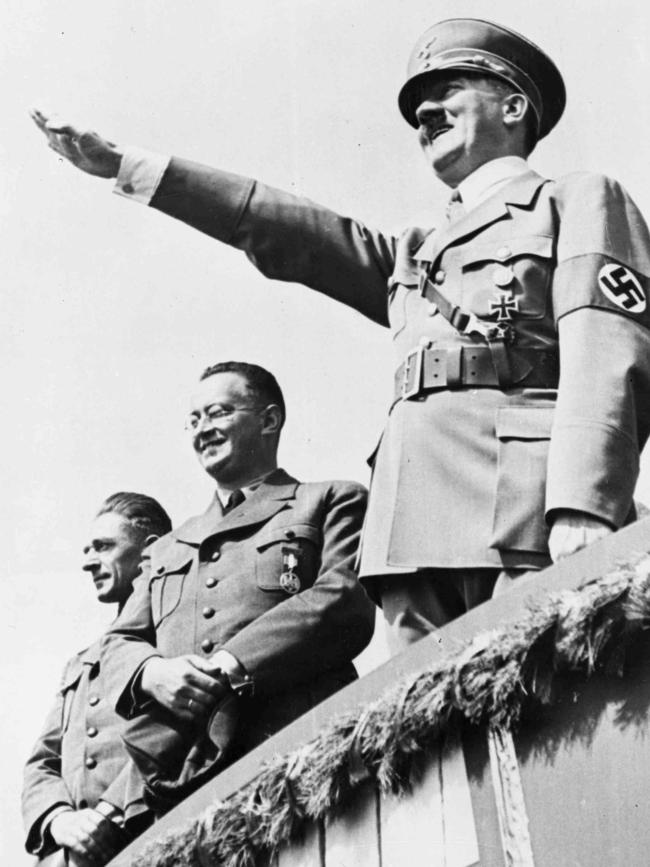
But not so WWII: it was unquestionably imperative for the sake of humanity that this war was fought to the death, whatever it took … and won.
There were no redeeming qualities for Nazi Germany and Imperial Japan.
They were blunt instruments of terror run by criminals of the worst order, grooming and brainwashing their followers into rabid fanaticism, inciting them to perform and react in the most debased, sub-human ways imaginable.
Violent and ruthless, both regimes condoned and performed the most unthinkable atrocities, implementing institutionalised murder on an unimaginable scale.
In short, WWII was the ultimate showdown between good and evil.
And the outcome 75 years ago next weekend was worth it.
The destruction of Nazi Germany and militarist Japan was a fight to preserve all that is the best of humankind and next weekend we will remember, commemorate — and celebrate — that generation of people who contributed to the most important victory in history.
DON’T MISS: Warren Brown’s exclusive series continues next week
• ‘Stories of Service’ video courtesy of the Department of Veterans’ Affairs
